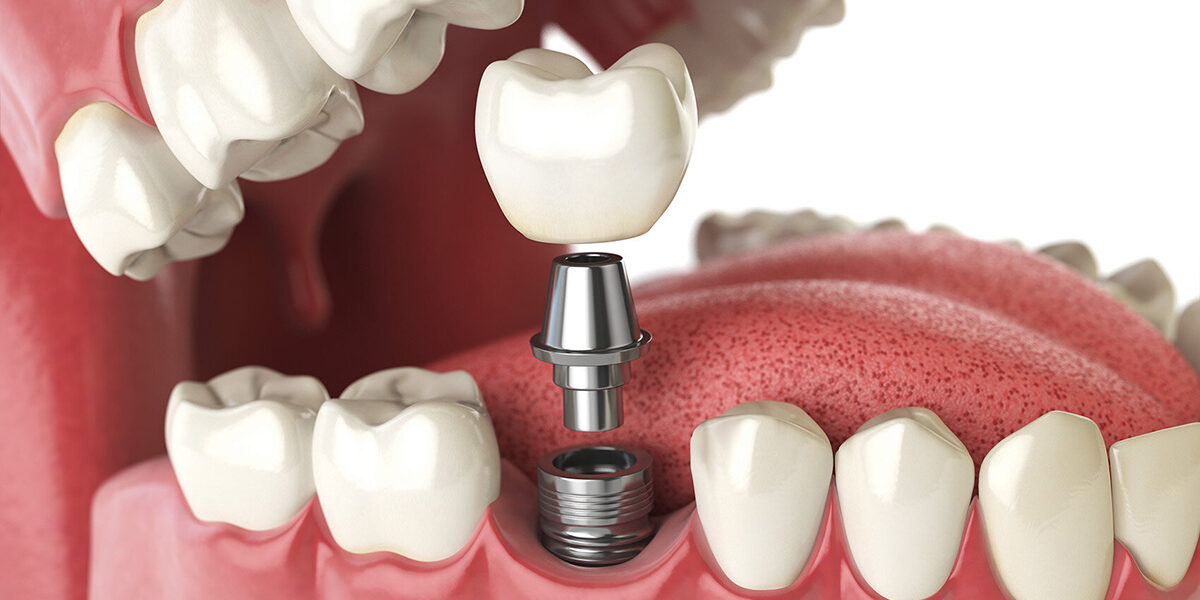Choosing Between Dental Implants and Dental Bridges
Are you wondering which route is the best choice when it comes to dental implants vs. dental bridges? We are here to help.
It is imperative that you choose the proper treatment option. Determining the route that best suits your needs will ensure that you are making unnecessary follow-up visits to the dentist, and above all, will provide you with the best outcome possible for your specific situation.
When it comes to selecting the proper treatment, you will want to take the following factors into consideration: durability, cost, aesthetic, and treatment length. Today, we will place a heavy emphasis on cost and treatment length
Having a great smile is a confidence booster, so ensuring that a missing tooth is fixed can go a long way to improve one’s self-esteem.
With so many advancements in dental technology, it is not unlikely that a patient may be left wondering which treatment option is the best for their specific situation.
As promised, we will take a look at and compare two treatment options: dental implants and dental bridges.
Dental Implant
A dental implant involves a surgical procedure in which implants are inserted. During this process, a metal screw-like structure, known as a post, is placed in the jaw bone.
The post serves as an anchor for a crown. A crown functions and looks just like a natural tooth.

Dental Bridge
As its name suggests, a dental bridge “bridges the gap” between two teeth.
The adjacent teeth, known as abutments, are used as placeholders to cement the bridge in place.
Subsequently, the abutments are filed down so that crowns can be placed over them.
Comparing Costs
One factor that is sure to be taken into account when it comes to deciding the best dental treatment is cost; this is especially the case for those who do not have dental insurance.
Dental implants tend to be slightly more expensive, Contact Us at Oakstone Dental for pricing
Length of Treatment
Dental implants can take up to a few months, and several follow-up visits, to achieve your desired results. First, there is a consultation. During the consultation, x-rays will be taken and the jaw will be assessed to determine eligibility.
During the surgery, the dentist will place the titanium post; the post will be left in for a few months, allowing the bone to regenerate around the base, thus causing it to be permanently rooted in the mouth.
Dental bridges, on the other hand, are often more of a quick fix. The initial process will involve preparing the abutments, as well as obtaining a mold of the treatment area.
Once obtained, the impression will be sent to a dental lab for the purposes of preparing the crowns. A temporary bridge is also placed for the patient while they await its completion.
After a few weeks, all materials should arrive to the dentist’s office for permanent placement. It is worth noting that there are some cases where the dentist may choose not to forever cement the bridge in immediately. This is done in an effort to ensure that the bridge is placed comfortably in your mouth.
Do note: you may be called back after a few weeks for a follow-up visit.
Which is the best?
As I’m sure you’ve noticed, there are a number of pros and cons to each treatment option discussed. Your entire needs assessment, along with each pro and con should be considered collectively to ensure that you choose the best option that fits your specific situation.
Now that you are armed with more information, you are empowered to make a sound decision. At this juncture, it is best to book a consultation so that you can gain a professional opinion regarding your eligibility, determining what you potentially qualify for, and assessing which option is better as it pertains to your long-term health.







